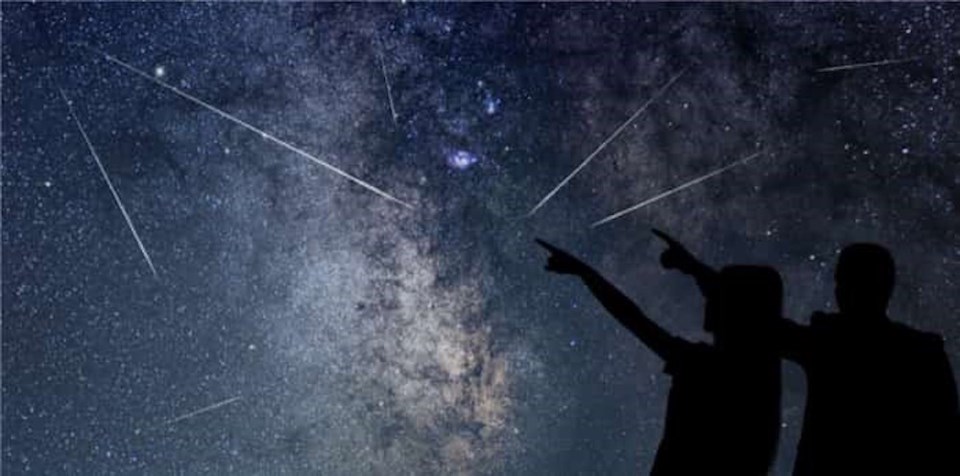One of the most productive meteor showers of the year takes place this December in Vancouver, offering a full night of dazzling shooting stars.
The Geminid meteor shower takes place throughout the night on Dec. 13 and into the morning of Dec. 14, and stargazers will be privy to a breathtaking display. While a number of meteor showers are only viewable for a short window of time very late at night or in the early morning, the Geminids offer a rare, full-night viewing opportunity.
The Old Farmers Alamanc notes that the shower "is visible all night long, since Gemini arises just an hour or two after nightfall; the radiant is highest a little after midnight."
In addition to a full night's viewing opportunity, Space.com says that stargazers will be able to see around 60 to 120 meteors per hour on the night of the peak, since the moon's light will not obscure the display this year. Last year, a nearly full moon dimmed some of the meteors.
Brighter display every year
Nearly 200 years old old, the Geminid Meteor showers offers earthlings a brighter display every year (depending on the moonlight, of course). Space.com notes that this is due to the fact that Jupiter's titanic gravitational pull has brought the stream of particles from the, "shower's source, the asteroid 3200 Phaethon, and closer to Earth over the centuries."
Locals will also be able to catch some of the astral magic in the days leading up to the shower’s peak, as well as in the days right after.
Stargazers should opt to travel as far away from city lights as possible in order to avoid light pollution that will obscure the clarity of heavenly bodies. While this works best in more remote places, anywhere that has a higher elevation will also provide more ideal viewing conditions.



